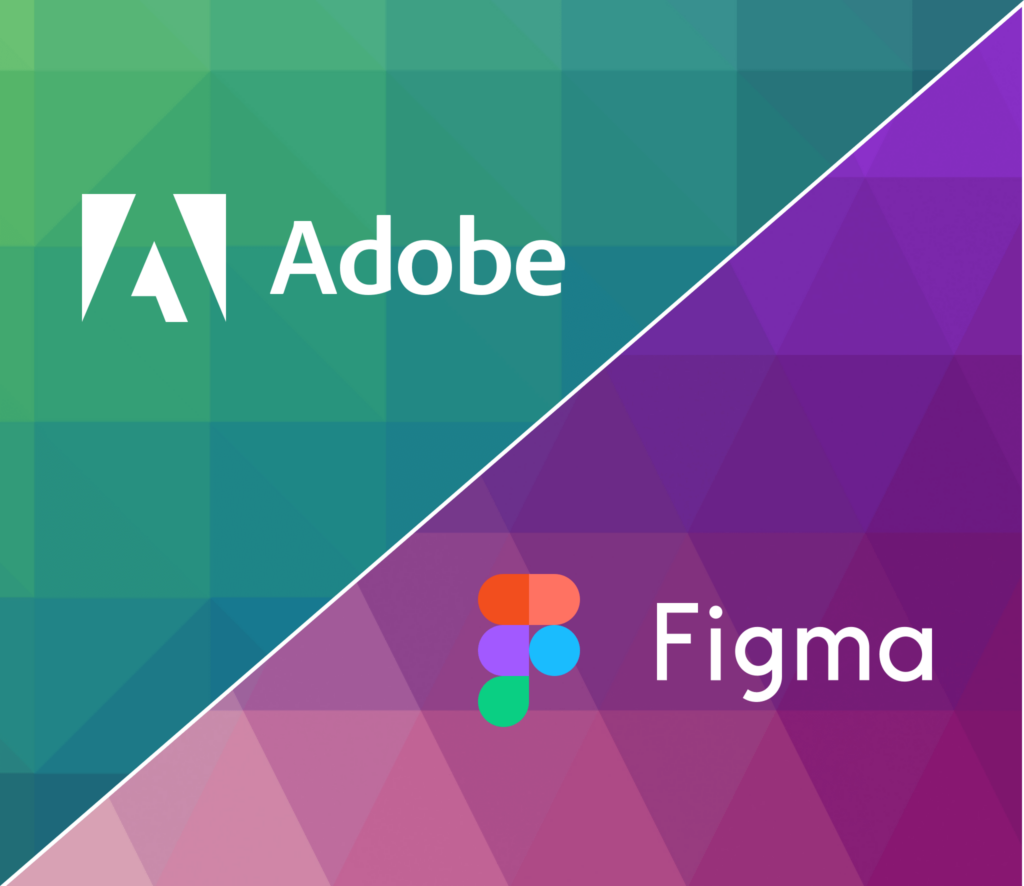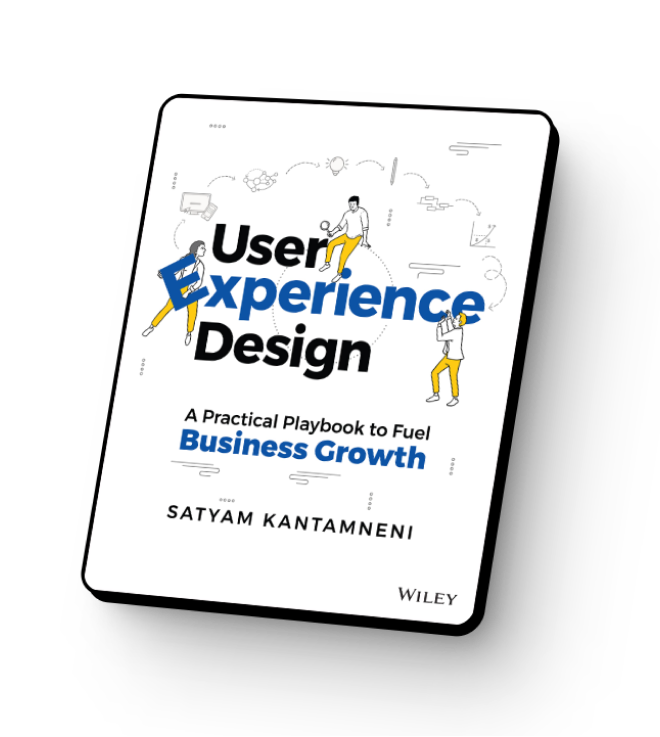A few weeks ago, Figma was acquired by creative tech giant Adobe to the tune of $20 billion.
A few months back, Invision announced an undetermined amount of layoffs, and that its CEO Clark Valberg was stepping down.
What gives? As I noted previously, when times are tough, recession-proof B2B companies are those who stay close to their customers and their needs. Figma has demonstrated this mindset in spades, fuelling its meteoric growth over the past few years.
For example, this usage graph from the 2020 UX tools survey reveals that the usage of Invision, Sketch and Adobe XD for prototyping has been declining for a few years, while the volume of Figma users has continued to grow.
Whether you’re a founder building to sell or building market share for the long haul, it’s a must.
If you’re a founder and looking to get acquired in the next few years, I’m going to share three valuable mindset lessons I’ve learned over the past two decades of working with over 50 start-ups and scale-ups. And most recently, while observing Figma’s upward trajectory.
Founder lesson #1: Being the first to market isn’t necessarily the best path to acquisition
Contrary to some popular opinion, being the first to market doesn’t necessarily ensure a path to acquisition. Launched in 2016, Figma wasn’t the first product design technology on the scene, and this gave it opportunities to learn from the downfalls of its competition.
Invision
In its prime, Invision’s commitment to marketing set it apart in the product design world. I mean, they even made a few movies, The problem? Throughout its marketing-led growth trajectory, its product never evolved to support the whole design process, and at best, only solved the prototyping need.
Sketch
Sketch clearly defined its user group and built a strong visual tool…but failed to develop interactive design capabilities. To boot, it was built only for Mac users and ran on software (vs SaaS). Both factors ultimately limited its ability to scale.
What Figma learned from each competitor
Each of these companies sliced off a different part of the product design problem, and each approach had its strengths and weaknesses. As a later entrant to the market, Figma had the opportunity to observe and learn a few quick lessons:
Develop a SaaS platform that supports the holistic design process and does not skimp on investing in the product–the users will come.
In short, being the first mover isn’t always the best–second or third or even fourth can put you in a better position to cull the best aspects of existing contenders and come out on top.
Founder lesson #2: When building for acquisition, stay committed to your users (versus investors)
What’s Figma’s secret sauce? From the start, the company has worked to deeply understand users’ needs and context and then systematically built a design tool ecosystem to address them. Let’s break it down.
Dedication to perfecting its platform through user input
Figma’s first product spent 3-4 years in beta, and according to Claire Butler, senior marketing director at Figma, threw informal pizza parties with its beta users.
“We wanted to get together with users who had been in our closed beta and liked the product. One day, we tweeted, ‘Does anyone want to come over to the Figma office and grab pizza with the team?’ We had about 10 people show up to geek out about Figma.”
What about the development process for its second product, FigJam, an online whiteboard tool?
“We really mean it when we say that we’re constantly listening to our users about how to improve—and we brought that user-first philosophy to FigJam,” shared product manager Emily Lin, in an article earlier this year. “The working group started a shared Slack workspace with a few hundred alpha testers who provided a pretty constant stream of insights. Based on their feedback, we prioritized requests into “must fix before initial launch” and “fast follows to ship after initial launch.”

Source: https://www.figma.com/blog/jamming-on-figjam-a-journey-from-beta-to-ga/
Ongoing dissemination of customer discovery insights
In the same article, Butler elaborated on one of their practices for sharing user insights throughout the organization.
“Dylan and I were typically the folks who were talking to potential users, so it was really important to amplify that voice to the rest of the Figma team. We would all have lunch together every day and we would make a point to talk about what we were hearing from our customer discovery calls during those team meals.”
Founder directly engages in user research
Last but certainly not least, while developing its second product, Figma founder Dylan Fields purportedly spent the pandemic reading support tickets, traveling to visit clients in person and reading customer support tickets, scanning feedback from sales reps, and responding to users on Twitter as the company developed its latest innovation FigJam.
In all of these examples, it’s clear that Figma’s commitment has always been to their users–over the market and investors. When you care about your customers — you’ll build your product right.
Founder lesson #3- Sometimes the most courageous thing you can do in your product development journey is to go back and (humbly) question your assumptions
If you’re a founder with a product in the market but have never spoken to users about their pain points…you’ve missed the window to validate if you are indeed focused on solving the right problem.
And this means you are missing opportunities to build your product to its full potential. All this because you choose to operate on assumptions.
Let’s go back and look at how this applies to Invision’s nosedive from 1.9B valuation to 50% layoffs.
A few years ago, Invision was valued at 1.9 billion in 2019. At the same time as announcing layoffs, the company shared that Jeff Chow, formerly CPO, has now taken the reins as CEO, allegedly to bring more customer-centricity to the organization.
Where did they go wrong? As I mentioned earlier, its marketing-led trajectory was paired with a lack of focus on the users and product. Additionally, I observed:
- Problem #1: A missed opportunity to build the product to its full potential. While Invision started as a prototyping tool, it never took the opportunity to expand its perspective to holistically include design functionality.
- Problem #2: A failure to react to user feedback. Noted in this analysis of the 2020 UX Tools Survey, Invision failed to listen to customer feedback and implement basic feature improvements. For example, it took 5 years to add a simple organizational “folders” feature that was heavily requested.
- Problem #3: A failure to react to obvious signs of customer dissatisfaction. InVision’s focus on hyper-growth masked customer churn and retention issues, as noted in this interview with Sydney Strader, Invision’s former Vice President of Customer Success.
What’s next for Figma?
With the power of Adobe’s sales engine, we anticipate the Figma platform will accelerate its growth trajectory and build even faster than before. This can only be a net positive as designers, we are excited to see where this goes.
Figma’s customer-centricity and its choice to build in the cloud are two elements that led to its success and eventual acquisition. Perhaps Adobe can even take a few lessons from Figma’s cloud-first approach.
Overall, we look forward to greater integration between Adobe’s flagship tools and the Figma platform that will simplify workflows and save time for all users.
What’s next for you?
At this point, you may be wondering…why don’t all founders talk to their users? Especially since it can have such a transformative effect on the growth trajectory of their organizations?
Well, unfortunately it’s not so easy. You need a process that converts user insights into design in order to deliver on what users need. And that can require a lot of trial and error the first (or second, or third) time around.
Pairing with an expert UX transformation partner is the best way to shorten the runway to 10X returns. That’s what gets you acquired or market dominance.
As a founder, if this story has inspired you to cultivate the mindset required to achieve crazy YoY growth and get acquired, remember: Ensuring your focus is on customers and their needs will pave the way to success.


